Which Red Wines Taste Like Grape Juice? [9 Essential Picks]

The best red wine should have the taste of grape juice in it. But if you’re an avid wine drinker, you know now all wines taste like grape juice.
Some of them might not taste like grape at all. So, what red wine tastes like grape juice?
Luckily for you, there are quite a few to consider.
Concord
This wine is made out of concord grapes and results in a sweet, thick and syrupy taste.
The wines offer a taste of grape soda even though not in full flavour.
They have a foxy note with the smell of an old fur coat. Concord grapes have less sugar than other wine grapes thus sugar is often added in the process of making wine.
Lambrusco
This Italian red wine is made from native grapes. This grape is mainly grown in areas such as Lombardy and Emilia-Romagna in the central provinces.
Lambrusco wine has a long history which points to its cultivation by Etruscans. Majority of famous Lambrusco wines are sparkling red wines that are frothy in nature. They must be consumed young and also come in rose flavor through limiting skin contact with the must.
The sweetening of Lambrusco grapes is either done through fermentation or adding concentrated grape must. When in an unfermented state Lambrusco grapes can make great dry wine with the addition of a bitter finish and strawberry.

Moscato
Moscato wine has an orange and peach flavor. Some of them have sweet Meyer lemon, honeysuckle, and ripe pear aromas. T
he aromatic compound known as linalool is responsible for the floral aroma and is found in cinnamon, mint and citrus flowers.
The name is derived from the Italian name for Muscat Blanc - moe-ska-toe which is among the oldest wine grapes globally.
The wines have various aromas. Moscato wine is sweet and light with what Italians call frizzante (light bubbles) and has low alcohol levels of around 5.5% ABV. Regular wine usually has over 10% ABV.
Manischewitz
Made under the strict supervision of the Union of Orthodox Jewish Congregations of America, Manischewitz wines carry the mark of quality in accordance to guidelines of the Orthodox Union. It is a leading brand in the US known for producing matzo and kosher wine.
Labrusca grapes are used to make the wine that has a rather unusual aroma. Large amounts of residual sugar are also used in the making of it, and it is typically used in celebrating Passover by non-orthodox Jews.
Cane sugar is used to make Passover wine instead of corn syrup used throughout the rest of the year. Corn syrup which is derived from corn is not allowed during Passover among Ashkenazi Jews.
Most Jews have most likely taken Manischewitz in a bar mitzvah. Or perhaps managed to sneak a glass from the liquor store in the house. This cheap wine is quite famous among college students on a budget. No matter the case, anyone who has sipped the drink will have a lasting taste of the sweet syrupy taste of the wine.
Constellation Brands is responsible for making Manischewitz wine from grapes grown in New York (upstate). It is mainly consumed during celebrations among the Jews.
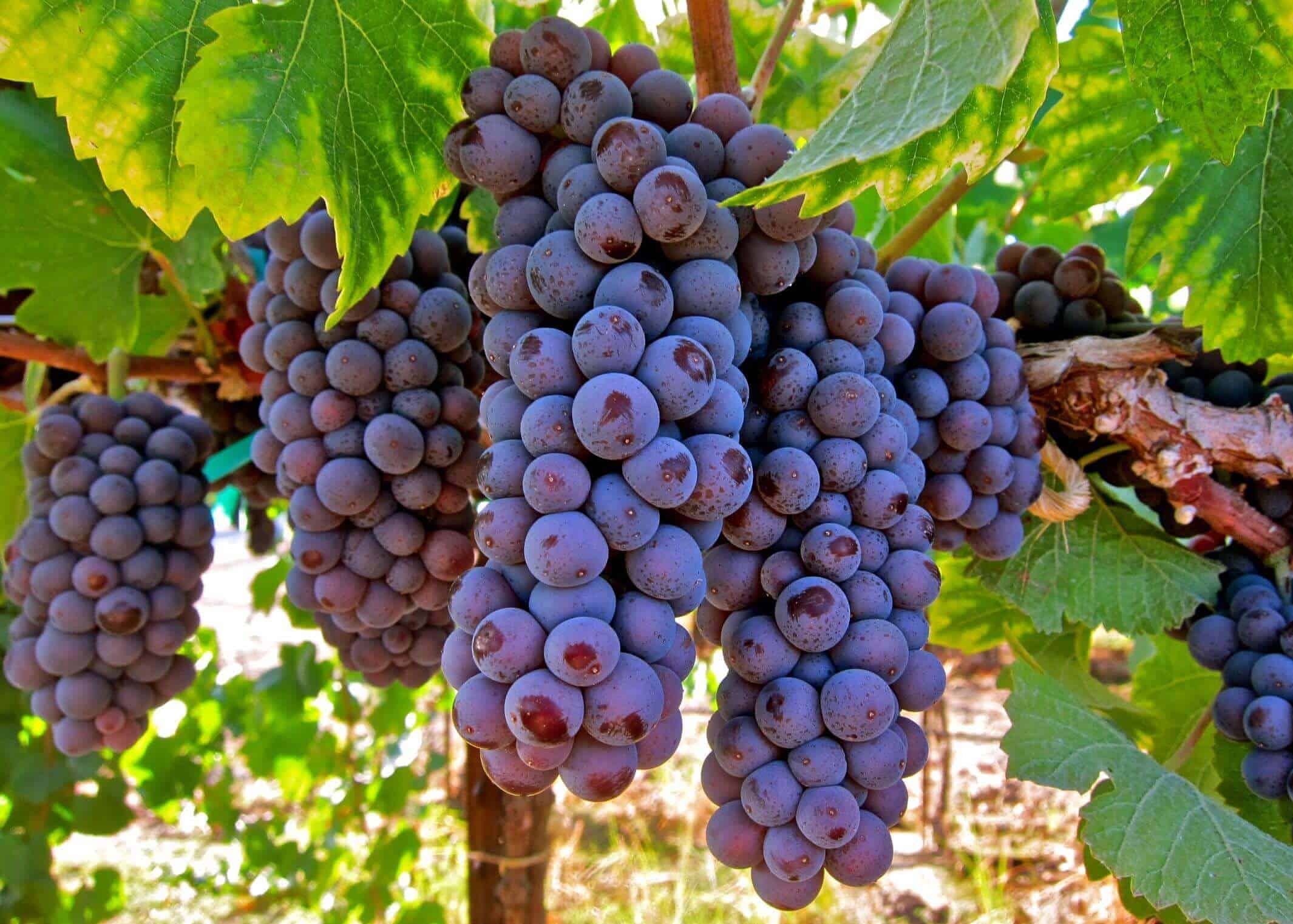
Pinot Noir
Pinot Noir mainly refers to wines that are made from pinot noir grapes which mean pine and black in French.
The grapes used to make the wine are usually clustered in pine cone shape while growing, thus the word pine in the name.
All over the world pinot noir grapes are grown in cool climate especially in the Burgundy area in France. There are many regions famous for pinot noir all over the world, the grapes that are also used to make sparkling wine and champagne.
Pinot Noir wines tend to have a red fruit aroma of strawberries, raspberries, and cherries when young. This changes with the aging of the wine which then develops barnyard aromas making it more complex.
Related: Don't miss our guide to Trader Joe's finest wines next.
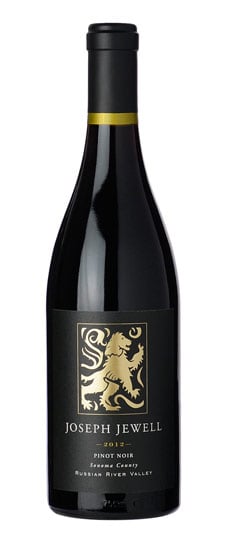
The sensitive nature of pinot noir grapes to frost as well as wind, the method of pruning and type of the soil make winemaking with this grape more complex.
The careful fermentation process is required and depending on the region the grapes are grown different varieties of wine are produced.
Pinot noir grapes are susceptible to fungal disease and bunch rot as well powdery mildew. The grape is therefore known for its difficulty to grow.
Pinot Noir wine is one of the most popular ones in the world. Described as among the most romantic wines with a discernable perfume and a sweet taste it is no wonder that Pinot Noir wine is easily identified with falling in love.
There is a broad range of flavors consisting different texture that at times brings confusion to those taking the drink. The consistency is mainly light and with a strong black or red cherry aroma or other small red berry varieties.
When young the wine is of a light color compared to other red wines, this is due to lower coloring matter in the skin of pinot noir grapes than in other red/black varieties of grapes.
Related: Learn about the most common varieties of wine grape next.
Grenache
Grenache grapes grow in many places all over the world. Because it ripens late, it is mainly grown in areas with hot and dry climate areas. Mainly Spain and that is where the grape originated even though grown in the Sardinia area of Italy, France, and San Joaquin in California.
Grenache grape is berry flavored and spicy with a soft body. Wine made from it has high alcohol content even though it requires care in control of yields for best results.
Grenache wines are prone to oxidation with young examples of having the potential to brown in coloration. It is possible to notice this color around the rim when the wine is held at an angle in the glass.
With aging Grenache, the wines tend to take on leather and or tart flavor. Wines that are made from Grenache usually lack color, tannin, and acid, therefore, it is often mixed with other varieties such as Carignan.
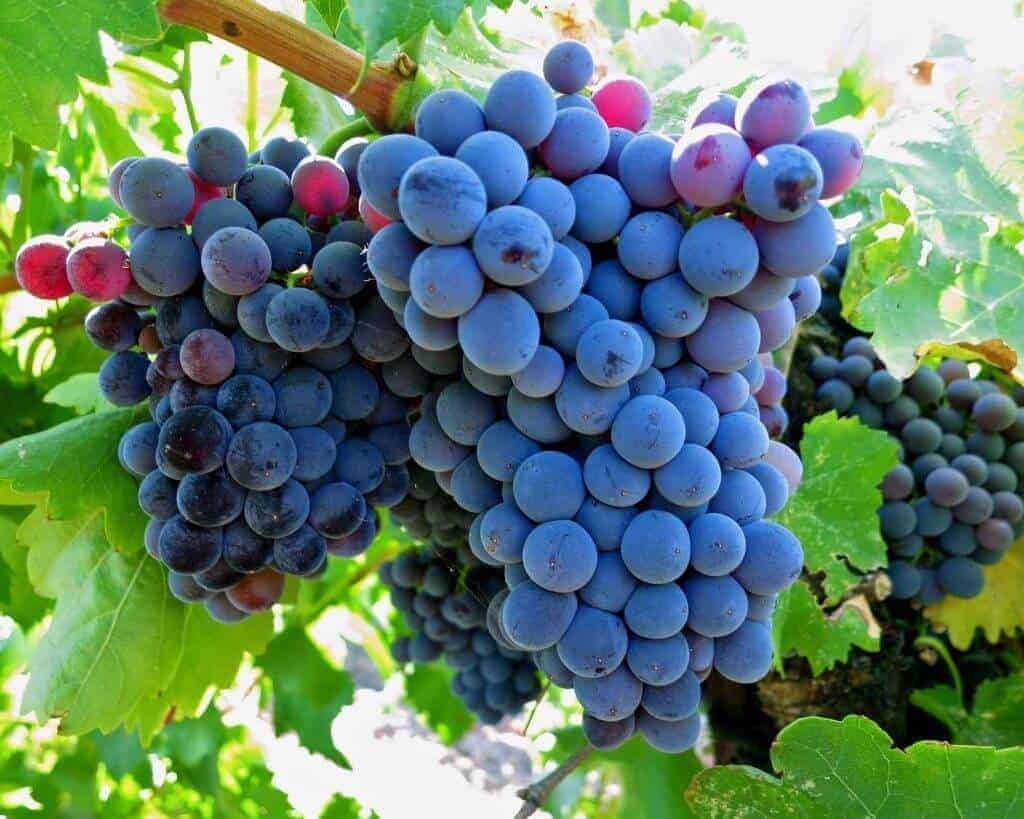
Grenache is most times used as a blending component, to add sweet fruitiness and body to the wine. The grape can be bothersome for the winemaker as it oxidizes easily and also loses color.
As a result, some winemakers utilize hard presses and hot ferments to make up for the low tannins and other compounds while extracting color and phenols of the grape skin.
There is no guarantee to the success however, and it can produce herbaceous flavors that are green and coarse, in the wine without the grape's distinguishing effervescent fruitiness.
To keep the character traits, it is best for Grenache to go through a long and slow fermentation with cooler temperatures then followed by a Grenache is often used as a blending component, adding body and a sweet fruitiness to wine.
The grape can be troublesome for the winemaker due to the tendency to oxidize easily and lose color.
To compensate for the grape's naturally low tannins and phenolic compounds, some producers will use excessively harsh pressing and hot fermentation with stems to extract the maximal amount of color and phenols from the skins.
This can backfire to produce green, herbaceous flavors and coarse, astringent wine lacking the grape's characteristic vibrant fruitiness. To maintain those character traits, Grenache responds best to a long, slow fermentation at cooler temperatures followed by a drenching period.
To stop oxidation, the wine should be disturbed as little as possible. New oak barrels can help to keep the color as well as prevent oxidation even though too much oak effect tends to cover up the Grenache fruitiness.
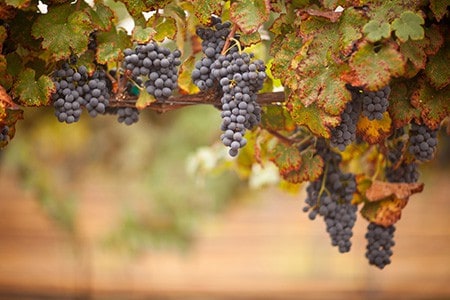
Merlot
Merlot in French means The Little Blackbird and comes second in popularity among red grape wines thanks to its elegance and softness.
Making of wine with the Merlot grapes goes back to the late 1700s, and their production started in Bordeaux.
Since then, the grape spread through Bordeaux and was well known for its distinctive ability to bring softness and juicy fruit to wine in combination with the Cabernet Sauvignon.
This combination worked so well the two became the main constituents for the world-renowned Bordeaux blend known to wine drinkers all over the world.
Merlot grapes arrived in California in the mid-nineteenth century; American winemakers did not blend but began making wine that was 100% Merlot. Low tannin levels endeared wine drinkers to the Merlot wine quite easily.
Merlot contains at least 13.5% alcohol, but goes up to 14.5%, particularly grown in warmer climates of Australia, Chile, and California.
The wine is known to have a taste of plum and traces of chocolate. Thus it is known to be smooth and quite easy to drink.
Related: Check out the tastiest wines on offer at Aldi in our guide.

Sangiovese
An Italian red wine whose name comes from the Latin word sanguis jovis which means the blood of Jupiter. Grown mainly in central Italy including Campania and Sicily
Young Sangiovese wine tastes of fresh flavor of strawberry with a little spiciness. After aging in barrels, it takes on tarry or oaky flavor.
The wine does not have a strong aroma like of wines such as Pinot Noir, but Sangiovese has the flavor of sour red cherries combined with earthy aromas and tea leaf notes. Wines made from Sangiovese often are high in acidity and have medium-plus tannins.
Nebbiolo
Nebbiolo is an Italian red wine grape variety predominantly grown in native Piedmont area and used to make the Denominazione di Origine Controllata e Garantita (DOCG) wines. This is in Barolo, Gattinaraand Ghemme Barbaresco, Roero areas. It is thought that Nebbiolo derives its name from the Italian word nebbia meaning fog.
The harvest that takes place late in October, a deep, intense fog falls over the Langhe region which is where many Nebbiolo vineyards are found. Another explanation to the fog-like milky veil over the berries on reaching maturity from the Italian word nobile, which means noble.
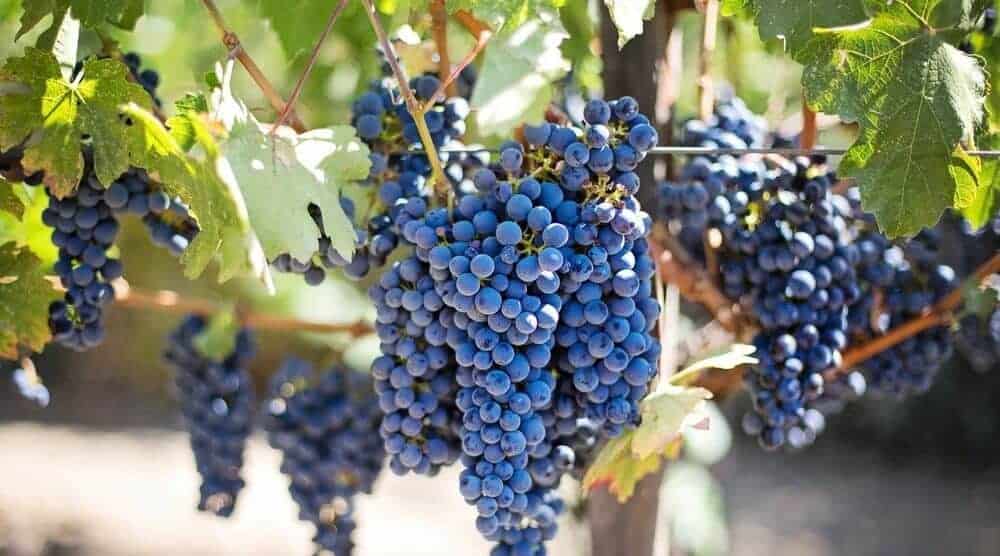
Nebbiolo makes lightly-color red wines that are highly tannic when young and have scents of tar and roses. With age, the wines turn brick-orange at the rim of the glass.
After maturity, they reveal aromas and flavors such as tar, violets, cherries, wild herbs, raspberries, prunes, tobacco, and truffles. It might require years of aging for Nebbiolo wines to stabilize the tannins with other characteristics.
For those who prefer wines that are bold, and red, Nebbiolo makes a good choice. It is known for the production of powerful, full-bodied, and tannic wines. Famous for the grape that goes into some of the most expensive wines in the world-Barolo and Barbaresco.
Even then Nebbiolo is among the more affordable, entry-level wines from Italy and elsewhere.
Nebbiolo is known to be a “terroir-expressive,” in that it picks up more of the soil, earth and climate characteristics compared to other grapes. This means it can have a wildly different taste depending on where it’s grown.
Nebbiolo wines look light and also smell light and have a disarming red fruit and rose aromas to the nose. However, this changes the moment it goes into the mouth. This is due to grippy tannins that give goodness of the leathery kind on the tongue, clinging to the teeth and gums. All with striking flavors of the drink that comes in coffee, anise, cherry, and primordial earth.
Nebbiolo wines have some rich color when it is young. It, however, fades really quickly. In reality, Nebbiolo’s water-soluble pigments have few stable colorants with easily oxidized peonidin and cyanidin glycosides, resultant in a fast decolorizing wine in a short period.
The origin of Nebbiolo is known to be Piedmont but might be unclear with thought it might have originated from Lombardy region in the alpine slopes near Lake Como.
